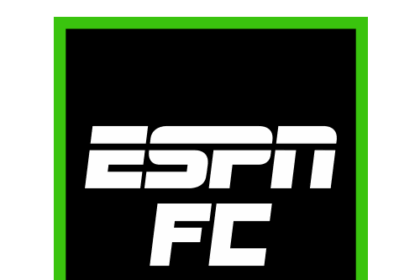Giannis Antetokounmpo remains a central figure in ongoing offseason speculation. After Damian Lillard suffered an Achilles injury, many assumed Giannis would push for a trade, but that has not yet happened. Rumors flared up several times, including connections to the New York Knicks’ vacant head coaching position and Milwaukee signing Myles Turner. Although Giannis reportedly expressed frustration over acquiring Turner at the expense of Lillard, he was involved in the recruitment. Despite occasional lulls, the trade chatter keeps resurfacing.
ESPN’s Shams Charania recently reported there’s no clear indication if Giannis plans to stay in Milwaukee or leave, and the Bucks are awaiting his decision. He added that while trades aren’t imminent, the NBA offseason still has about six weeks where major deals usually happen, with past blockbuster trades involving stars like Kyrie Irving and Karl-Anthony Towns occurring later on. So, a trade request from Giannis remains possible but not highly practical at this point in the offseason.
Most NBA blockbuster trades occur in February or June due to league rules and roster flexibility. June and early July are prime times for big moves because rosters are open and teams aren’t locked into contracts. If Giannis had declared trade intentions earlier, deals like one with the Houston Rockets would have been simpler, given their available trade exceptions and contract situations. Now, a sudden trade request would be more complicated financially and logistically, as many free agents signed this offseason can’t be traded immediately.
February could be more workable for trades because all players become eligible then, but there are still hurdles like roster limits and salary caps, especially for teams like Houston. The ideal window for a Giannis trade would have been May or June, right before the current offseason period, when teams have the best tools to make big trades. Since Giannis is entering the final year of his contract in the 2026-27 season, he could influence his next destination more directly then. Waiting longer means any new team might have to give up more assets, although teams like the Lakers could be in a better trading position next summer.
The Lakers, for example, currently only have one tradeable first-round pick but will have three by next summer, making a trade more feasible. Giannis’s preferred destination and timing could greatly affect the scale of what Milwaukee would need to accept in a trade. The longer he delays, the more expensive it might be for his new team. Given Milwaukee’s current situation—with Myles Turner as Giannis’s top teammate, no control of their first-round picks until 2031, and significant dead money from the Lillard trade—it’s clear the Bucks may need to act to help Giannis pursue a second championship.
The recurring rumors in August are likely a mix of wishful thinking and strategic leaks by teams hoping to force a trade or destabilize the Bucks. Some speculation might also come from Giannis’s camp, pushing the Bucks to use their draft capital more aggressively to build a championship contender. No trade has yet been requested, and continuing rumors reflect the anticipation around Giannis’s future—either re-signing with Milwaukee or moving on.
In short, every team in the league covets Giannis Antetokounmpo. Rumors will persist until he either signs an extension or is traded. While a trade now seems unlikely, chatter will probably last until February or even next summer. Giannis could end speculation anytime by publicly committing to Milwaukee, but for now, he’s observing the team’s moves and will decide after gauging the roster’s early-season performance.
—
Fan Take: This ongoing saga is vital for basketball fans because Giannis’s decisions could reshape NBA power dynamics and influence how teams maneuver in future trade markets. His choice to stay or leave Milwaukee will have a lasting impact on the league’s competitive balance and highlight the critical timing and strategy inherent in superstar trades.



